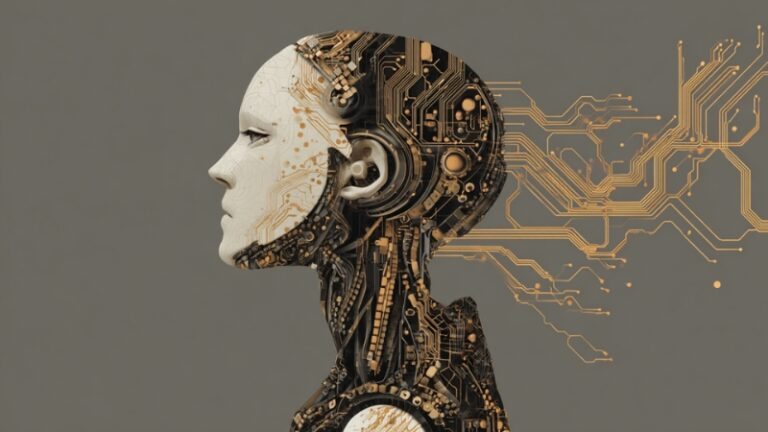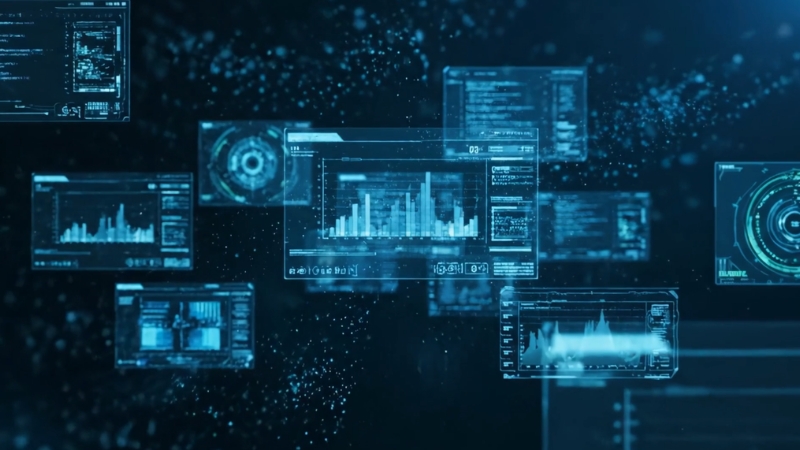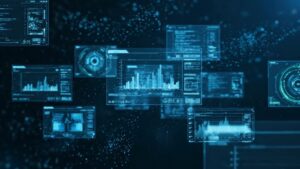Machine learning in 2025 is no longer just a promise of future possibilities; it is driving real-world transformation right now.
The most important trends shaping applications this year are smaller but smarter models, edge deployment, multimodal generative AI, autonomous AI agents, and regulation-driven responsible AI frameworks.
These shifts are visible in healthcare diagnostics, retail supply chains, energy management, and consumer devices. In other words, ML is not about “what’s coming next” but about what’s already working today in ways that are concrete, cost-effective, and widely adopted.
Table of Contents
ToggleSmarter and Smaller Models: Efficiency Over Scale

The AI race of 2020–2023 was about scaling models to unprecedented parameter counts. In 2025, the story has flipped. Model compression, quantization, and distillation have taken center stage.
Hospitals, for example, no longer deploy massive cloud-based systems for every analysis. Instead, they use slimmed-down medical imaging models fine-tuned on localized data. These models are small enough to run on in-house servers but powerful enough to spot early signs of stroke or cancer.
In finance, compact anomaly detection models process millions of transactions per second without needing expensive GPUs.
This efficiency-first approach matters because it makes ML affordable and practical for small businesses and public institutions, not just tech giants.
Edge AI and On-Device Learning: Privacy and Speed
Another powerful trend is the rise of edge AI, where devices process data locally instead of relying on distant servers.
- Automotive: Cars now run ML models directly on vehicle chips, enabling safer lane detection and adaptive cruise control without internet dependence.
- Retail: Smart shelves with embedded cameras detect when products run low and trigger real-time restocking.
- Agriculture: Tractors equipped with vision models identify weeds vs. crops instantly, spraying only where needed.
This shift reduces cloud costs, minimizes latency, and improves privacy compliance. Customers are more comfortable with edge systems because sensitive information (like facial recognition data) never leaves the device.
Generative AI Goes Truly Multimodal
Generative AI has evolved beyond producing text or static images. In 2025, models seamlessly combine text, video, audio, and sensor streams to create richer outputs.
- Media & Entertainment: Creators use AI to turn scripts into animated video drafts, accelerating pre-production.
- Healthcare: Physicians combine written notes, MRI scans, and lab results into a single AI-assisted report.
- Education: AI tutors analyze both speech and body language, tailoring lessons to student engagement.
This multimodal shift allows AI to bridge disciplines, turning scattered datasets into cohesive insights.
Autonomous AI Agents: From Tools to Teammates
Perhaps the most noticeable change in workplaces is the rise of autonomous AI agents. Unlike earlier chatbots, these agents don’t just answer queries; they perform tasks across multiple steps.
In logistics, an AI agent might monitor weather data, reroute shipments, renegotiate delivery contracts, and notify clients, all without human intervention. In personal productivity, AI can act as an executive assistant: scheduling cross-border meetings, drafting emails, and preparing follow-up notes.
This trend transforms AI from a passive tool into a proactive co-worker, freeing human teams to focus on strategic and creative work.
Responsible and Regulated AI: Trust as a Business Driver
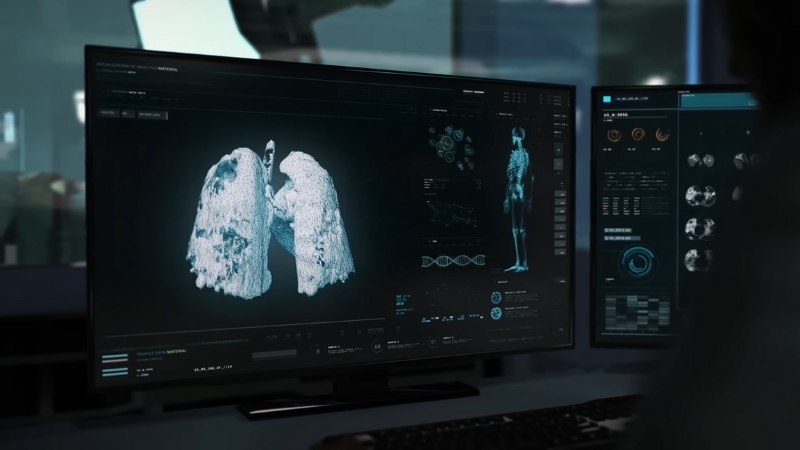
Governments worldwide have introduced AI regulations in 2025 that demand transparency, explainability, and bias audits.
Compliance has created an unexpected advantage: trust-driven adoption. Companies that demonstrate explainable, fair AI are winning customers who value accountability. In effect, ethical AI is becoming a competitive differentiator.
Industry Applications: Where ML Is Making an Impact
Industry
2025 ML Application
Key Impact
Healthcare
Imaging diagnostics, multimodal patient records, personalized drug matching
Faster treatment, improved outcomes, stronger trust
Retail
Smart shelves, demand forecasting, and AI-powered chat assistants
Less waste, smoother shopping
Finance
Fraud detection, automated compliance checks
Real-time protection, reduced costs
Logistics
Route optimization, predictive fleet maintenance
Lower emissions, efficient operations
Agriculture
AI drones, soil sensor analysis
Higher yields, targeted irrigation
Energy
Predictive grid balancing, smart turbine monitoring
Less downtime, sustainability
Spotlight: Healthcare and AI in Brain Research
Healthcare remains one of the most fertile grounds for machine learning, and in 2025, we see an especially strong push in neurological diagnostics. Machine learning is being used to interpret complex brain data that once required hours of specialist review.
For decades, EEG (electroencephalography) has been the standard tool for recording brainwave activity. Doctors use it to identify seizures, sleep disorders, or abnormal electrical activity. However, EEG produces raw waveforms that require expert interpretation and can miss subtle patterns.
This is where quantitative EEG (qEEG) comes in. By applying machine learning algorithms, qEEG transforms standard EEG signals into detailed brain maps, highlighting irregularities in connectivity, symmetry, and frequency bands.
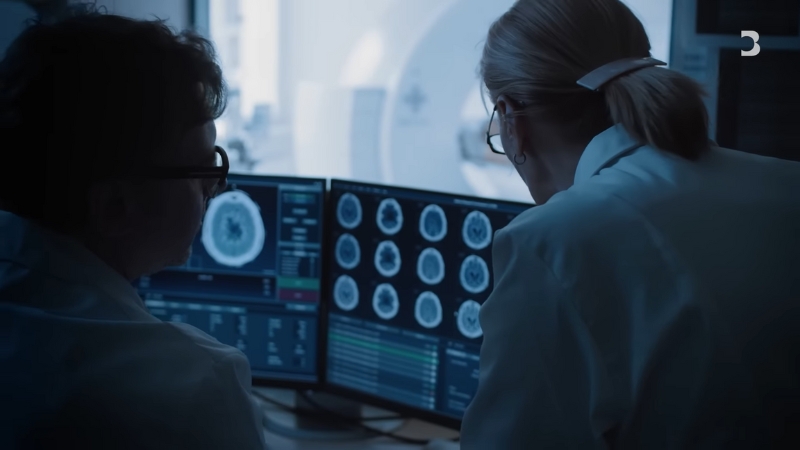
For clinicians, this means moving from a descriptive test to a data-rich diagnostic tool that can support decisions in areas like concussion recovery, ADHD evaluation, or even personalized mental health treatments.
If you want a clear breakdown of how these methods differ, this resource on qEEG vs EEG explains the distinction in detail, covering how EEG provides foundational data while qEEG uses advanced analytics and machine learning to extract deeper insights.
This example captures the broader trend: AI is not just accelerating existing diagnostics, it’s unlocking entirely new layers of medical understanding.
Deepening the Multimodal Revolution
Another critical development is the fusion of multiple industries through multimodal ML.
For example:
This trend is powerful because it mimics the way humans perceive the world, through multiple sensory channels at once.
The New Workforce: Humans + AI
2025 workplaces now function as hybrid ecosystems. Humans set goals, while AI agents execute tasks.
This is visible in industries as diverse as real estate (AI drafting property descriptions), journalism (AI preparing research briefs), and law (AI scanning thousands of contracts).
Instead of “AI replacing jobs,” the dominant reality is AI reshaping jobs. Routine work is automated, while human creativity, empathy, and oversight become more valuable.
Conclusion
The trends of 2025 make one thing clear: machine learning is no longer experimental; it’s infrastructural. Smaller models democratize access, edge AI enhances privacy, multimodal systems broaden scope, autonomous agents free human labor, and regulation ensures trust.
From diagnosing brain conditions with advanced EEG analysis to optimizing global supply chains, ML has become woven into daily life and business strategy alike. The story of AI in 2025 is not about what could happen; it’s about what is already happening, everywhere.


